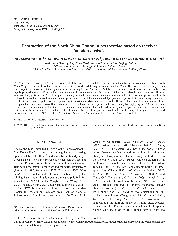摘要
The North China Craton (NCC), which is composed of the eastern NCC and the western NCC sutured by the Palaeoproterozoic Trans-North China Orogen, is one of the oldest continental nuclei in the world and the largest cratonic block in China. The eastern NCC is widely known for its significant lithospheric thinning and destruction during the Late Mesozoic. Models on the destruction of the eastern NCC can be principally grouped into two: (1) thermal/mechanical and/or chemical erosion, and (2) lower crustal and (or) lithospheric delamination. The erosion model suggests that the NCC lithospheric thinning resulted from chemical and/or mechanical interactions of lithospheric mantle with melts or hydrous fluids derived from the asthenosphere, whereas the delamination model proposes lithospheric destruction through foundering of eclogitic lower crust together with lithospheric mantle into the underlying convecting mantle. However, those models lack seismic evidence to explain the destruction process. Here, we analyse the crustal structure and upper mantle discontinuity by employing the H-k stacking technique of receiver function as well as the depth domain receiver function. Our results indicate deep mantle upwelling and lower crustal delamination beneath the eastern NCC, and suggest that either or both of these processes contributed to the unique lithospheric thinning and destruction of the eastern NCC.
- 出版日期2015-2
- 单位中国地震局; 中国地质大学(北京); 中国地质科学院
